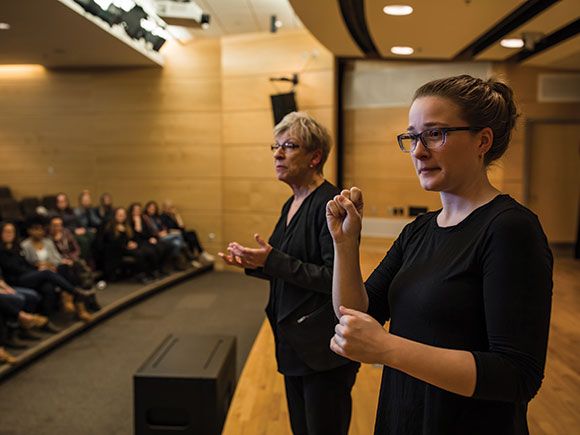Simultaneous Interpreting Vs. Consecutive Interpreting: Choosing the Perfect Option
As the world is turning into a global village, the number of interpreting service providers is increasing at a fast pace. There are a variety of different interpretation forms, and the companies choose the option that best suits their requirements.
The most common forms of interpretation services that you can choose from include on-phone interpreting, video remote interpreting, and on-site interpreting. Each of these offers a unique set of features.
If you are looking for an interpreting service provider, you need to decide which type of service you need. After choosing the type of service, you need to decide whether you need an interpreter for consecutive interpretation or simultaneous interpretation. All types of interpreting services can be categorized into two modes that are consecutive and simultaneous.
Difference between Simultaneous and Consecutive Interpreting
Thinking of choosing the right interpretation mode for your event? Well, it is important to understand that there is no right or wrong when it comes to choosing the mode of interpretation. The choice is entirely up to the organization, but before you make your decision, you need to understand the difference between simultaneous and consecutive interpreting.
Simultaneous interpreting is the mode where there is no break between the source and the target language. The interpreter interprets the source language while the speaker is delivering the session. In this scenario, the interpreter has to listen to the source language and interpret everything right at the spot. There is a delay of just a few seconds between the speaker and the interpreter; such interpreters possess strong listening skills. For accurate interpretation, the speaker may provide the interpreter the speech before the event, so that the interpreter can prepare. Simultaneous interpreters usually offer interpreting services in their native language. It is the perfect choice of interpretation mode for large-scale events such as conferences, TV shows, and workshops.
Consecutive interpreting is the mode of interpretation where both the speaker and the interpreter get turns to speak. The interpreter listens to the foreign speaker and takes notes throughout the session. Once the speaker finishes, the interpreter may start speaking. Consecutive interpreting is a smart choice for business meetings in one foreign language, parent-teacher meetings, client-attorney meetings, and HR meetings, and interviews.
Making the Choice
The organizations need to know that there is no right or wrong when it comes to choosing the mode of interpretation for the event. You choose the mode of interpretation entirely according to the demand of the event you are hosting. There are several factors that you can consider when making a choice such as the number of foreign languages in the event, the size of the audience, and the availability of the interpreter.
Whether you need the services of a reliable simultaneous interpreter or that of a consecutive interpreter, FIA Interpreting is the perfect option for you!












0 Comments